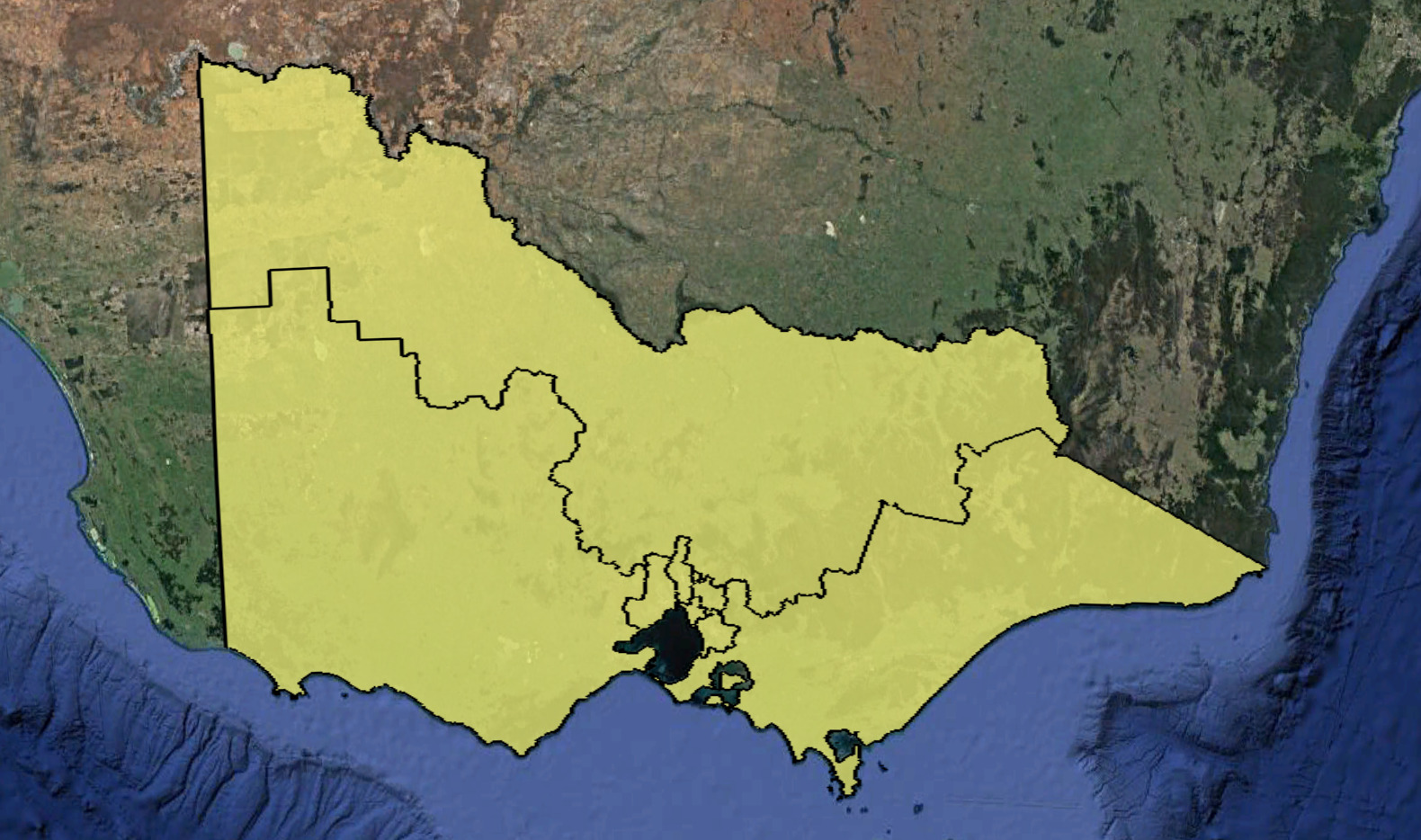When group voting tickets are used to elect a parliamentary body, it severs the clear link between the party’s primary vote and whether they win a seat. So I wanted to explore what relationship does exist.
What I’ve found is that while individual minor parties are able to win seats off much smaller primary votes than Labor, Coalition or Greens candidates, there is still a strong relationship between the total primary vote for the minor parties and the number of seats they win. While the seats-votes relationship would also depend on how tightly these parties preference each other over the bigger parties, there is a clear relationship between the uptick in the minor party vote in 2014 and 2018, and a substantial increase in the size of the crossbench.
First up, we know that there are a number of examples of minor parties winning seats on tiny votes. Even when the vote is not exceptionally tiny, there’s also plenty of stories of seats being won on a handful of percentage points. But does this also happen for the bigger parties?
This chart shows that this does not happen for the bigger parties. I’ve taken the result for every group at the last four elections. When a party wins over a quota of the vote, I’ve subtracted the whole quotas, and then looked at whether that party went on to win a seat (in addition to any won on whole quotas).
The median unsuccessful contest for the Greens and Coalition polled about half a quota, while in Labor's case it's 0.4 quotas.
Winning Greens contests had a median of 0.67 quotas, while Labor had a median of 0.81.
The story looks very different for other minor parties. Winning minor party campaigns had a median primary vote of 0.17 quotas.
Instead of considering minor parties as separate units, it's also worth examining them collectively. The Druery strategy, although it is now starting to fall apart, aims to keep as many votes as possible within the alliance and prevent them leaking to the major parties. If such a preference deal is able to be constructed, the key factor in determining whether the alliance can get a candidate elected is the total vote cast for the parties participating in the deal. If that vote gets close to a quota, you'd expect someone, anyone, to win that seat. If it is substantially less than a quota, it may not matter how well the deal is constructed, it may not elect anyone.
For this next chart, I've plotted the total vote (as a number of quotas) for Labor, the Coalition, the Greens and the combined minor party vote, separating results based on how many MLCs won a seat as a result.
The relationship is not perfect - flows of preferences mean that some seats are won on lower primary votes while others are lost on a higher vote - but it is strong.
In the case of the Greens, they have won every contest where they polled more than 0.81 quotas. They have squeaked a few wins in the range between 0.56 and 0.72 quotas, along with an incredible result winning a seat in 2014 off 0.38 quotas, but usually a vote in this range sees the Greens lose.
You see similar patterns for Labor and the Coalition. They sometimes win a seat off a lower vote, or lose a seat off a higher vote, but it's uncommon. It is worth noting that votes just shy of 2 quotas usually see Labor win, while the Coalition usually loses off that vote.
When you look at the combined minor party vote, usually if the minor parties collectively poll over 0.8 quotas, they win a seat. There are a handful of exceptions from the early elections under the current system where presumably preferences did not flow as tightly as they did in 2018. The minor parties managed to poll 1.1 quotas in South East Metro in 2014 but did not win a seat.
This chart indicates that the minor parties under previous preference flows would be expected to not win if their total vote was under 0.8 quotas (or about 13.3%) and if it was over 1.5 quotas the chance of a second seat becomes plausible. It is possible the breakdown in the minor party alliance, with Animal Justice choosing to work with other left minor parties along with Labor and the Greens, could mean that the relationship between the total minor party vote and the seats won skews towards more of a vote being needed to win a seat.
Finally, these charts just merge the four elections together, but we know that things changed in 2014, with the minor party vote growing significantly and the effort to organise preference deals stepping up a level. This last chart looks at the 47 seats that have been won in the upper house since 2006 without a full primary vote quota. How much of a quota did the winning party poll as a primary vote (subtracting full quotas)?
In 2006 and 2010, most victories went to parties polling over 0.6 quotas. But that changed in 2014 and particularly in 2018.
There were four wins from less than 0.2 of a quota in both 2014 and 2018. In 2018, 9 out of 14 seats decided on less than a quota of primary votes went to parties who polled under 0.4 quotas. I think this chart shows better than ever how the late stages of Legislative Council counts have changed, favouring the election of low-polling candidates over high-polling candidates.



